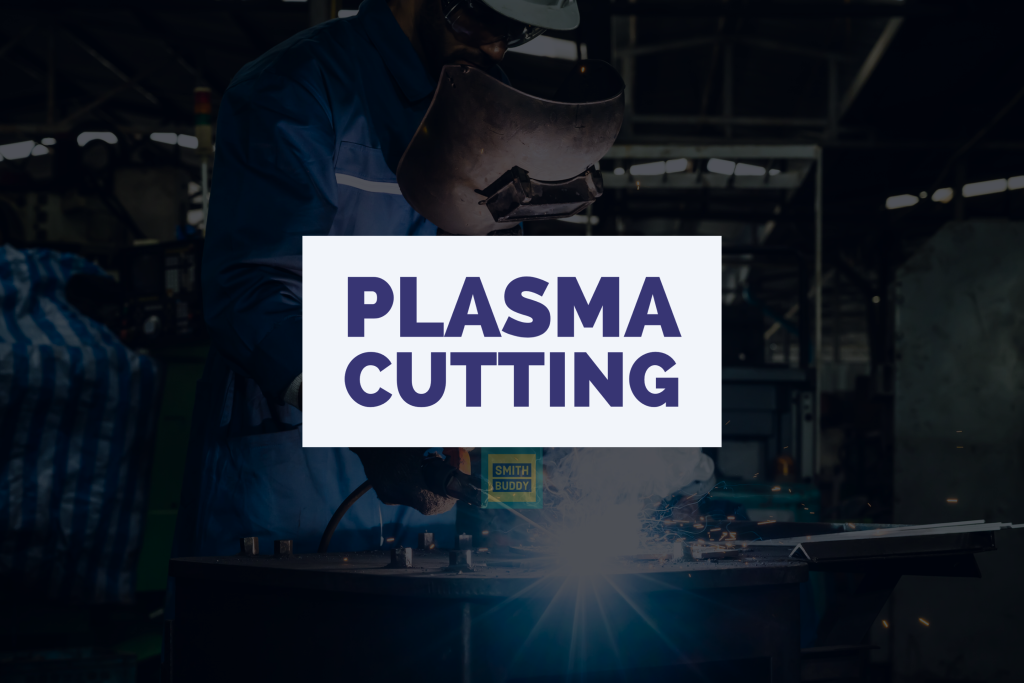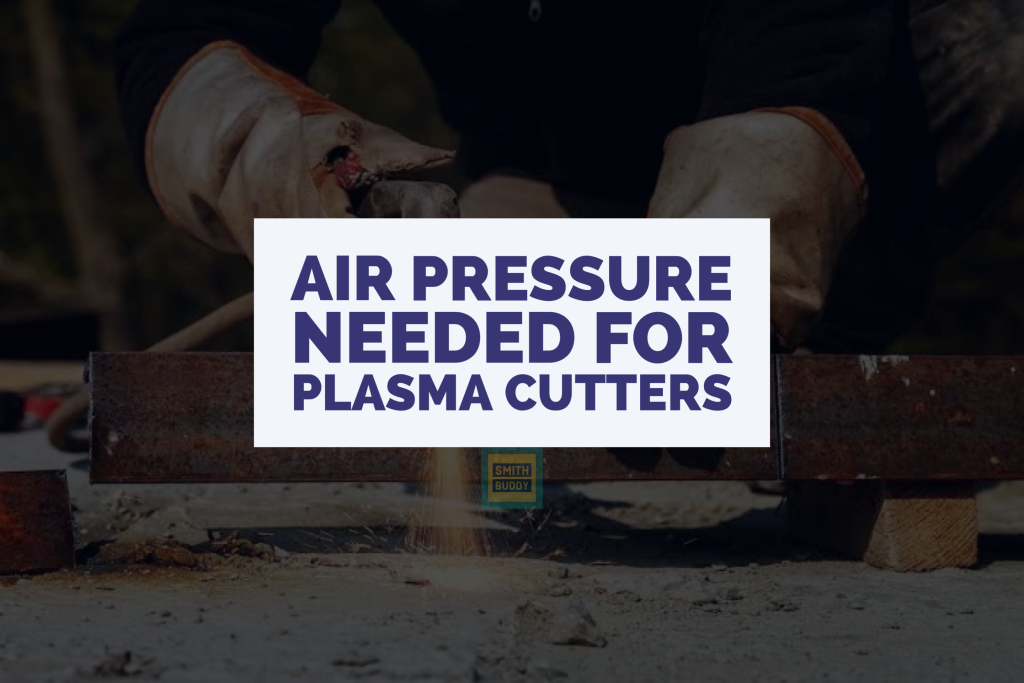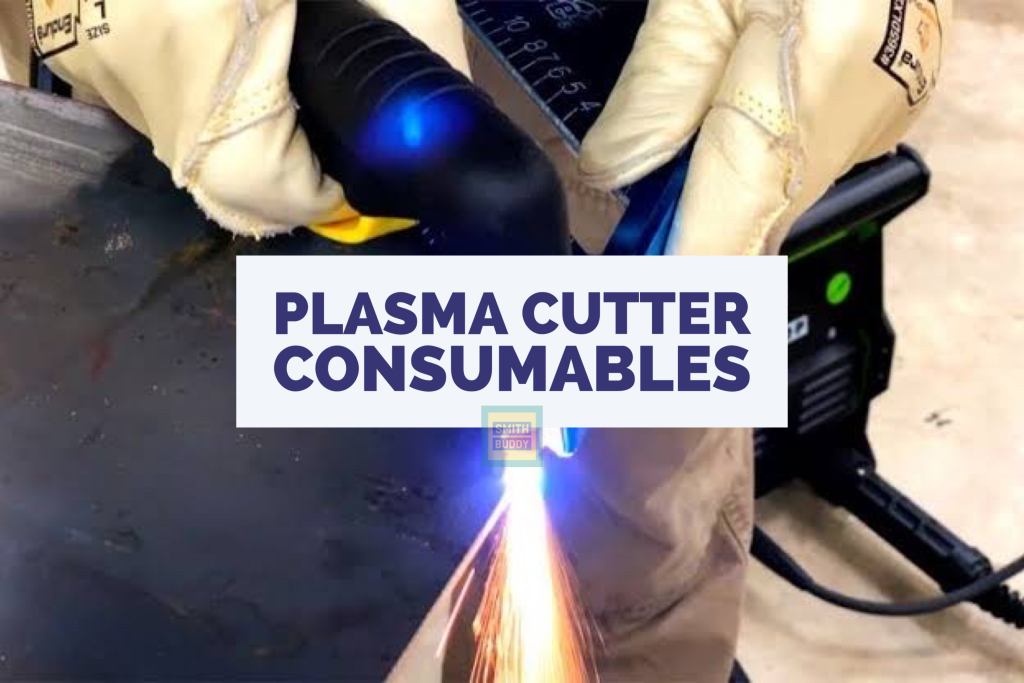Plasma cutting is a versatile and efficient metal cutting process that uses a plasma arc to melt and remove material from a workpiece. The plasma arc is generated by a plasma cutter, which is equipped with a nozzle that focuses the arc and controls the flow of plasma gas.
One of the most critical components of a plasma cutter is the nozzle, which plays a vital role in the cutting process. The size and shape of the nozzle directly affect the quality of the cut, the speed of the cutting process, and the overall performance of the plasma cutter.
To help plasma cutting professionals choose the right nozzle for their needs, manufacturers have developed a plasma cutting nozzle size chart. This chart lists the different nozzle sizes available and their corresponding cutting capabilities.
What does the size chart include?
The plasma cutting nozzle size chart typically includes the following information:
- Nozzle size: This is the diameter of the nozzle orifice, measured in thousandths of an inch (mil). Nozzles are available in sizes ranging from 20 mils to 200 mils.
- Recommended cutting thickness: This is the maximum thickness of the material that can be cut using a particular nozzle size. The recommended cutting thickness varies depending on the type of material being cut, the plasma gas used, and the power output of the plasma cutter.
- Amperage range: This is the range of amperage that the nozzle is designed to handle. Nozzles are typically rated for amperages ranging from 20 amps to 200 amps.
- Gas type: This is the type of plasma gas that is recommended for use with the nozzle. Common plasma gases include air, nitrogen, oxygen, and argon-hydrogen. For better air quality, air dryer helps always.
Using the plasma cutting nozzle size chart, operators can choose the right nozzle for their specific cutting application. For example, a nozzle with a smaller orifice diameter is suitable for cutting thin materials, while a larger orifice diameter is better for cutting thicker materials.
In addition to the size of the nozzle, other factors that can affect the cutting process include the shape of the nozzle orifice, the type of plasma gas used, and the power output of the plasma cutter. By selecting the right combination of these factors, operators can achieve precise, high-quality cuts with minimal waste and maximum efficiency.

Plasma Cutter Nozzle Size Chart
Here’s a table that shows some common nozzle sizes for plasma cutters, along with their recommended cutting thicknesses and amperage ranges:
| Nozzle Size (in mils) | Recommended Cutting Thickness (in inches) | Amperage Range (in amps) |
| 20 | Up to 1/16 | 20-25 |
| 30 | Up to 3/32 | 25-40 |
| 40 | Up to 1/8 | 40-60 |
| 50 | Up to 3/16 | 50-80 |
| 60 | Up to 1/4 | 80-100 |
| 80 | Up to 3/8 | 100-130 |
| 100 | Up to 1/2 | 130-200 |
| 120 | Up to 5/8 | 200-400 |
| 200 | Up to 1 | 400+ |
It’s important to note that this chart is only a general guide, and the recommended cutting thickness and amperage range may vary depending on factors such as the type of material being cut, the plasma gas used, and the power output of the plasma cutter. Always refer to the manufacturer’s recommendations for the specific plasma cutter being used for the most accurate information.
When to change a plasma cutter nozzle?
Plasma cutter nozzles are a crucial part of the plasma cutting process, and they need to be maintained regularly to ensure optimal performance. Knowing when to change a plasma cutter nozzle is essential to avoid poor quality cuts, downtime, and damage to the torch.
Here are some common signs that indicate when a plasma cutter nozzle needs to be changed:
- Reduced cutting quality: One of the most obvious signs that a plasma cutter nozzle needs to be changed is a decrease in cutting quality. If the quality of the cut begins to degrade, it may be because the nozzle is worn or damaged.
- Poor arc stability: A worn or damaged nozzle can cause issues with arc stability, resulting in an uneven or erratic arc. If you notice that the arc is unstable, it’s time to inspect the nozzle.
- Excessive spatter: Spatter is a common byproduct of plasma cutting, but if you notice an excessive amount of spatter or if it’s more than usual, it’s a sign that the nozzle may be damaged or worn out.
- Difficulty in initiating the arc: If you’re having trouble initiating the arc or if it takes longer than usual to do so, it may be a sign that the nozzle needs to be changed.
- Visible wear or damage: Check the nozzle for visible signs of wear or damage. If the orifice is elongated or if there are signs of erosion, it’s time to replace the nozzle.
It’s recommended to inspect the nozzle regularly, and it’s also advisable to keep a spare nozzle on hand to avoid downtime in case a replacement is necessary. When replacing the nozzle, always use the correct size and type recommended by the plasma cutter manufacturer to ensure optimal performance.
In summary, changing a plasma cutter nozzle is necessary when it starts to affect the quality of the cut, causes arc stability issues, excessive spatter, difficulty in initiating the arc, or visible signs of wear or damage. Regular inspection and replacement of the nozzle is essential for optimal performance and minimal downtime.
What to notice before buying any plasma cutter nozzle?
When buying a plasma cutter nozzle, there are several factors to consider to ensure that you get the best possible results. Here are some of the things to notice before buying any plasma cutter nozzle:
- Nozzle size: The size of the nozzle determines the width of the plasma arc and the maximum thickness of the material that can be cut. Choose a nozzle size that is appropriate for the thickness of the material you will be cutting. For example, if you plan to cut 1/4-inch steel, you will need a nozzle with a diameter of at least 60 mils.
- Material type: Different nozzle materials are designed for specific plasma cutting applications. For example, copper nozzles are ideal for cutting aluminum, while high-performance nozzles made of hafnium or zirconium are recommended for cutting thick steel or stainless steel. Consider the material you will be cutting and choose a nozzle made of a material that is appropriate for that application.
- Amperage rating: The amperage rating of the nozzle determines the maximum amount of current that it can handle. Higher amperage ratings are required for cutting thicker materials. Check the amperage rating of the nozzle and ensure that it matches the amperage of your plasma cutter.
- Manufacturer compatibility: Not all nozzles are compatible with all plasma cutters. Before buying a nozzle, make sure that it is compatible with your plasma cutter by checking the manufacturer’s specifications.
- Price: Plasma cutter nozzles can vary in price depending on the material, size, and manufacturer. Consider your budget and choose a nozzle that provides good value for money. However, keep in mind that cheaper nozzles may wear out faster and need to be replaced more frequently.
For example, let’s say you have a plasma cutter that has an amperage output of 80A and you need to cut 3/8-inch steel. In this case, you would need to choose a nozzle that is compatible with your plasma cutter, has an amperage rating of at least 80A, and is capable of cutting through 3/8-inch steel. A copper nozzle with a diameter of 80 mils might be a good option for this application.
In summary, before buying any plasma cutter nozzle, it’s essential to consider the nozzle size, material type, amperage rating, manufacturer compatibility, and price to ensure that you get the best possible performance for your specific cutting application.
Common mistakes
Changing a plasma cutter nozzle is a routine maintenance task that needs to be performed regularly to ensure optimal performance. However, there are some common mistakes that people make when changing plasma cutter nozzles, which can lead to reduced cutting quality and even damage to the torch. Here are some of the most common mistakes people make when changing plasma cutter nozzles:
- Using the wrong size or type of nozzle: Using the wrong size or type of nozzle can lead to poor cutting quality and can even damage the torch. It’s important to use the correct size and type of nozzle recommended by the plasma cutter manufacturer for your specific application.
- Not properly cleaning or preparing the nozzle: Before installing a new nozzle, it’s essential to properly clean and prepare the torch. Failure to do so can result in contamination or damage to the nozzle, leading to poor cutting quality.
- Over-tightening or under-tightening the nozzle: Over-tightening or under-tightening the nozzle can cause damage to the torch or lead to poor cutting quality. It’s important to follow the manufacturer’s recommended torque settings when tightening the nozzle.
- Using a damaged or worn nozzle: Using a damaged or worn nozzle can lead to poor cutting quality, uneven arcs, and even damage to the torch. It’s important to inspect the nozzle regularly and replace it if there are signs of wear or damage.
- Not properly aligning the nozzle: Improper alignment of the nozzle can lead to poor cutting quality and uneven arcs. It’s important to align the nozzle properly with the electrode to ensure optimal performance.
- Not replacing the nozzle cap or retaining cap: The nozzle cap and retaining cap are essential components of the plasma cutter torch, and they need to be replaced regularly to ensure optimal performance. Failure to replace these components can lead to poor cutting quality and damage to the torch.
In summary, when changing a plasma cutter nozzle, it’s important to use the correct size and type of nozzle, properly clean and prepare the torch, follow the manufacturer’s recommended torque settings, inspect the nozzle regularly for signs of wear or damage, properly align the nozzle, and replace the nozzle cap and retaining cap regularly. By avoiding these common mistakes, you can ensure optimal performance and longevity of your plasma cutter torch.
Conclusion
In conclusion, the plasma cutting nozzle size chart is an essential tool for any plasma cutting professional. By selecting the right nozzle size, operators can optimize the cutting process for their specific needs and achieve the best possible results. When in doubt, it is always recommended to consult the manufacturer’s recommendations for the specific plasma cutter being used.





